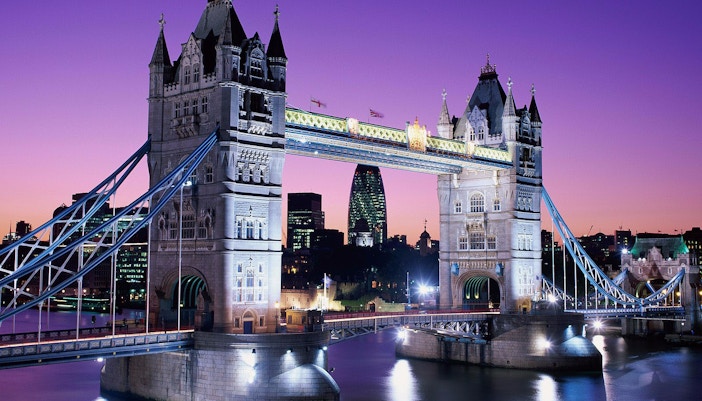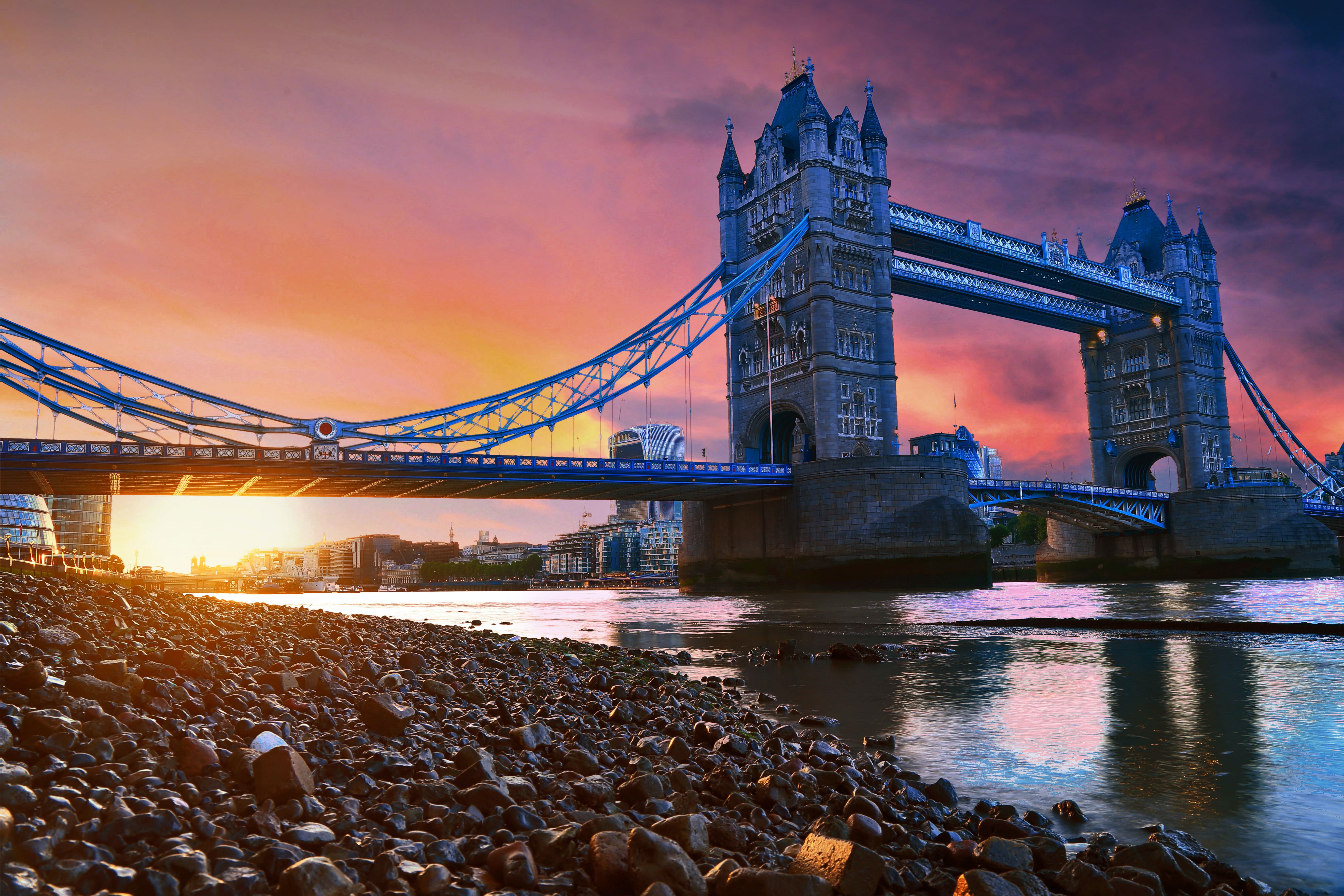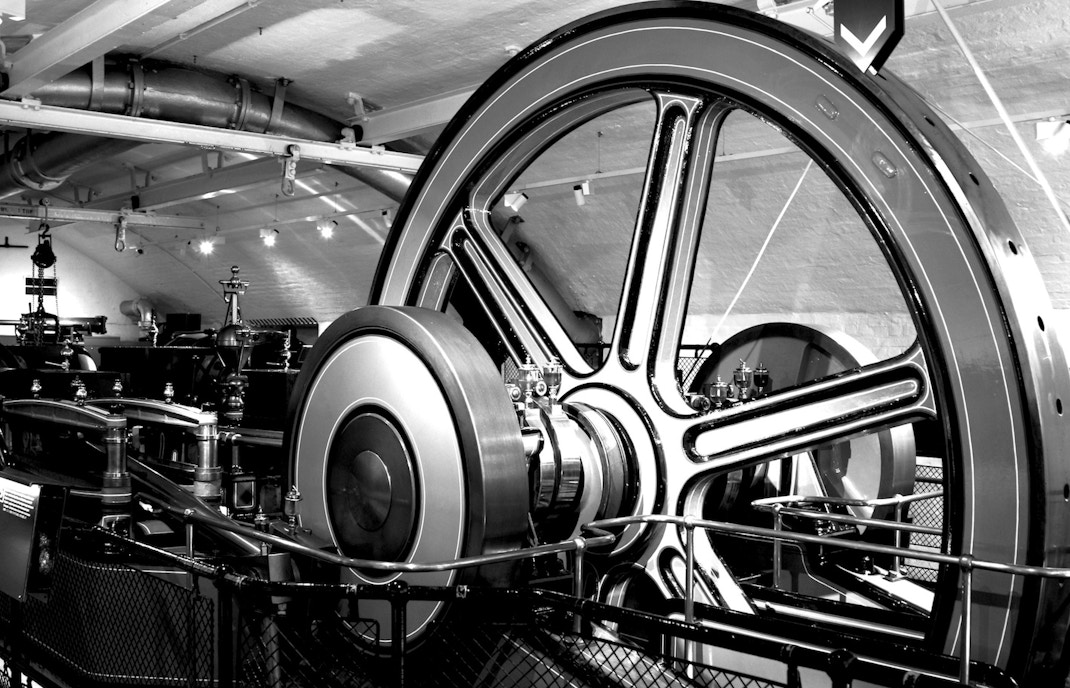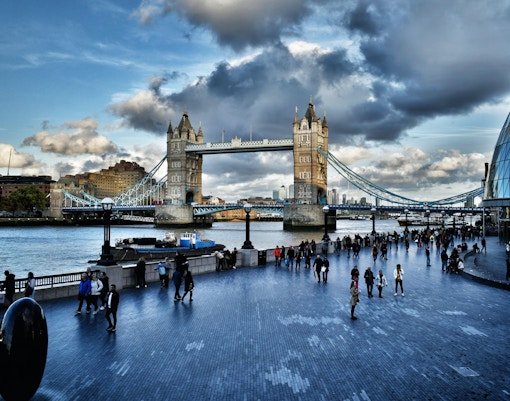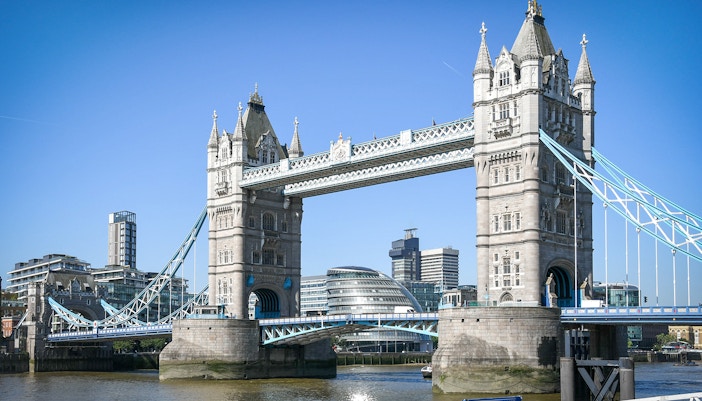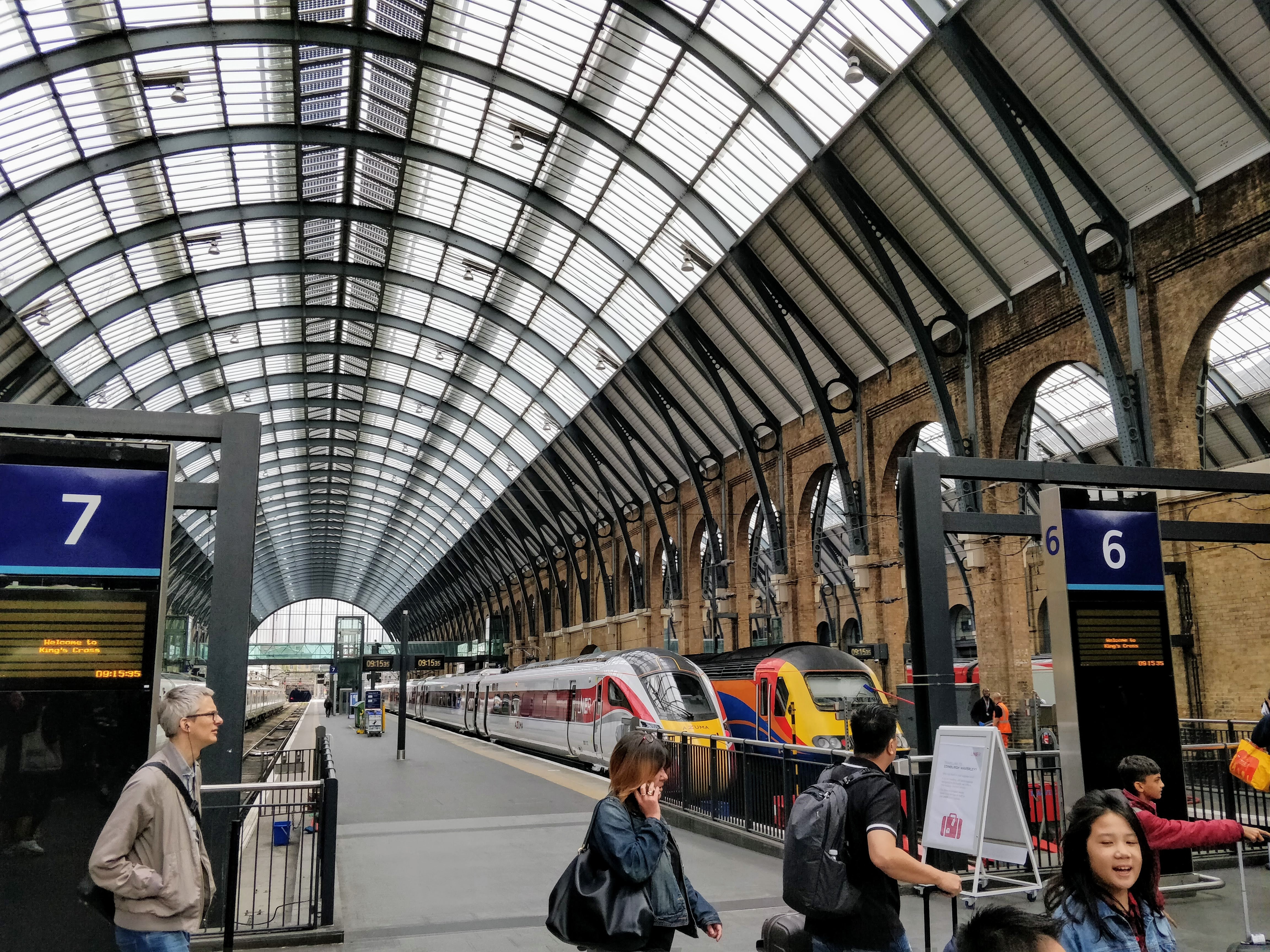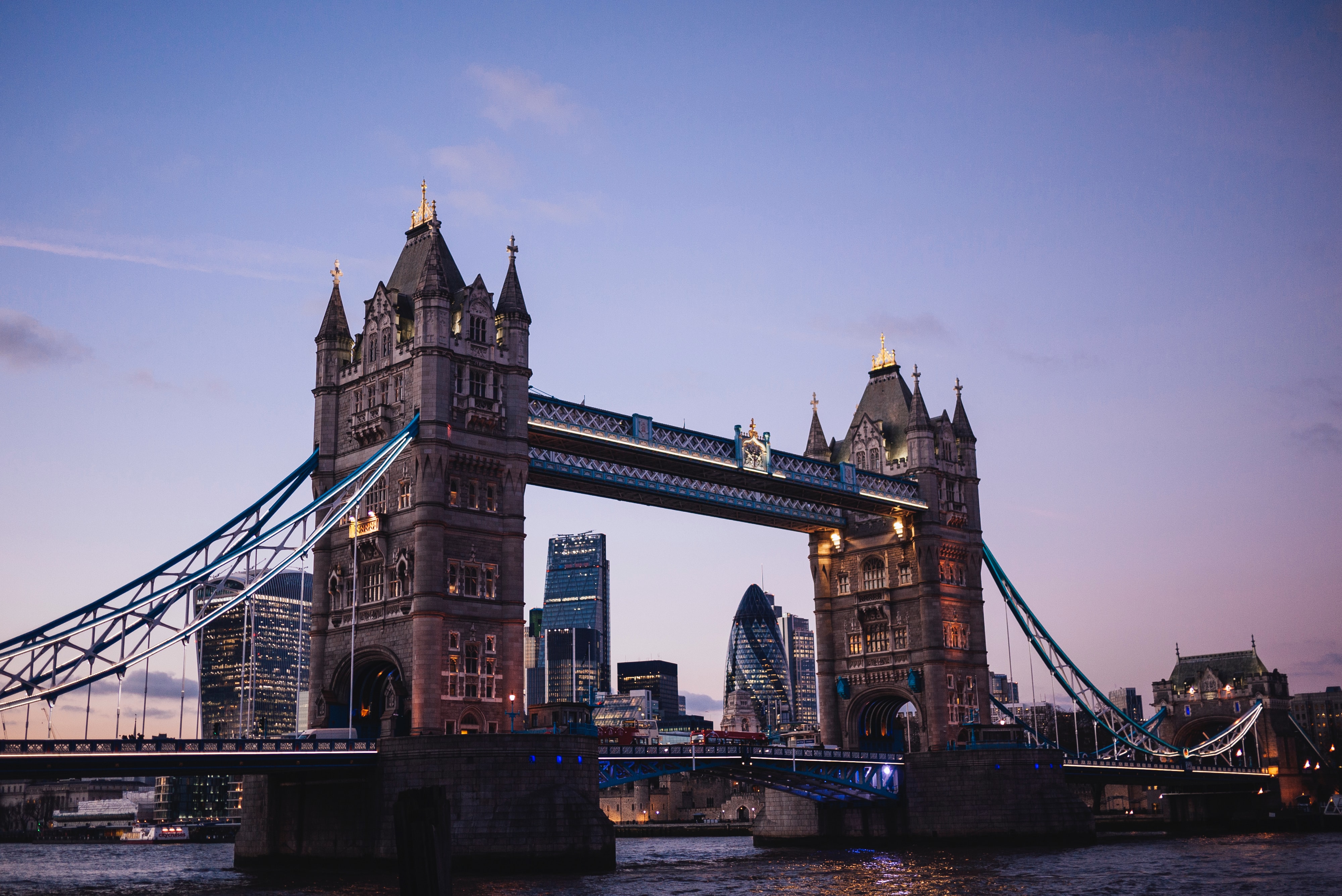By the 19th century, as the East End of London began to develop, there rose a need for a new river crossing. In 1876, the Special Bridge or Subway Committee was founded to develop ideas, and a public contest to choose a design for the new bridge was held. Over 50 ideas were offered for evaluation to the Committee, with some on display at Tower Bridge. However, it was not until October 1884 that Sir Horace Jones, the City Architect, suggested the chosen design for Tower Bridge as a resolution, in partnership with John Wolfe Barry, who was appointed as the engineer.

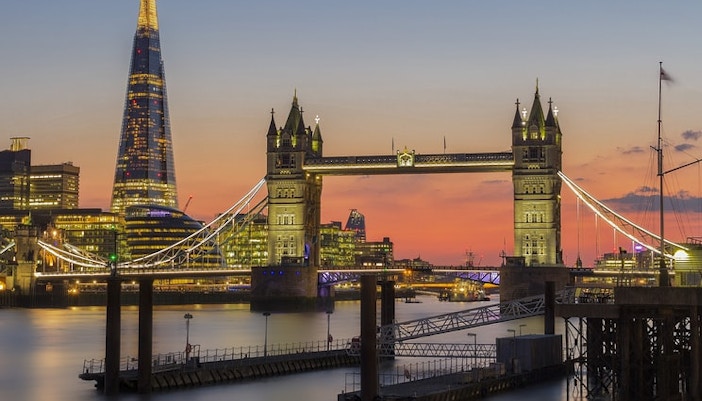
.jpg?auto=format&w=702.4499999999999&h=401.4&q=90&ar=7%3A4&crop=faces&fit=crop)
